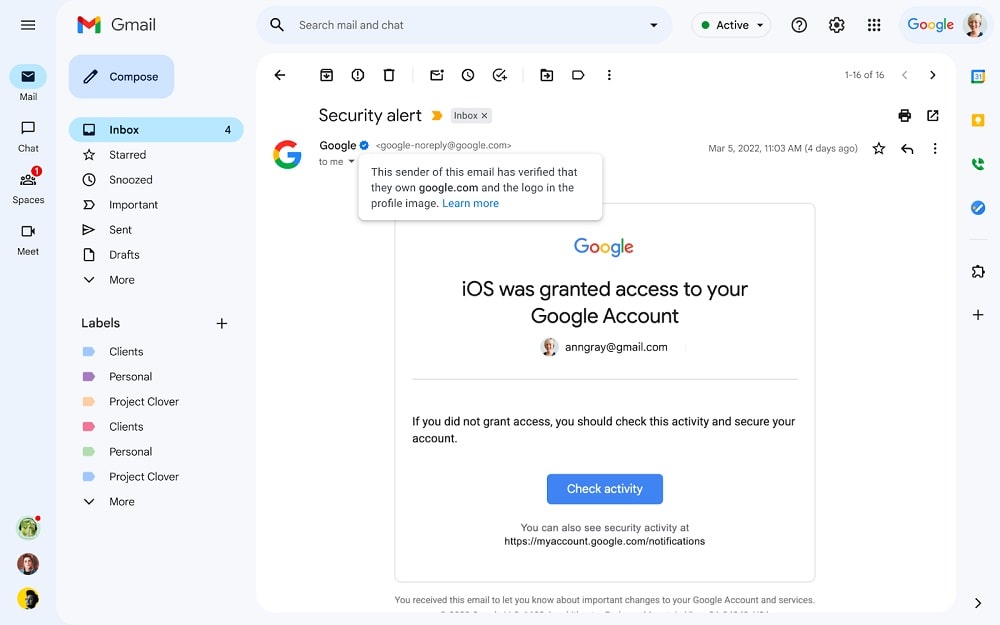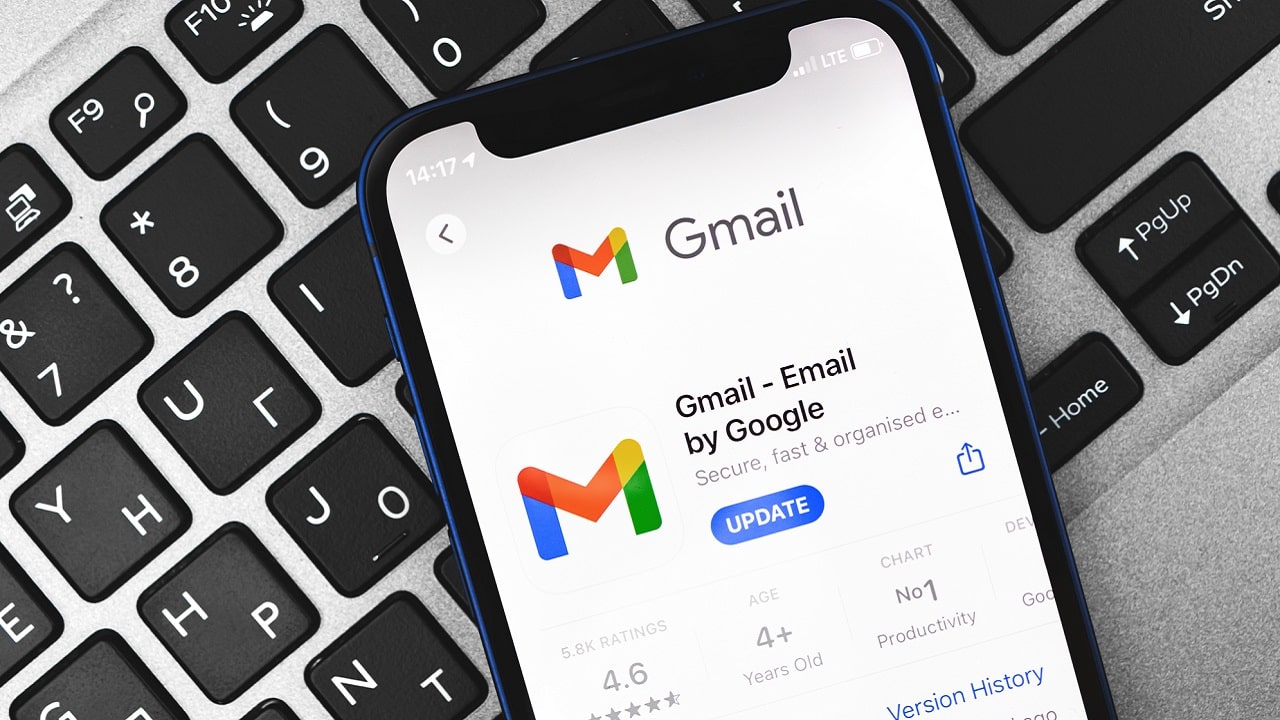Gmail announces a new feature that will display blue ticks next to the sender’s name for confirm their identity – but unlike the new system implemented by Twitter, these spits are all free.
Gmail, the blue ticks are coming (but they’re free)
This feature is based on the tecnologia BIMI (Brand Indicators for Message Identification) which Gmail has already implemented to check brand logos used as avatars in emails. Google explains in its blog that this feature will help users to distinguish emails from reliable sources from those sent by scammers. A new function against phishing, first of all.
The blue verification check indicates that the sender has passed the BIMI authentication process. A process that requires companies to prove they own the domain and logo of the brand they use to send emails. Companies that have already joined BIMI they will automatically receive the blue tick.
Verified accounts to avoid phishing
 Credit: Google
Credit: Google
As you can see in the image provided by Google, if you hover the mouse over the blue check it reads that “The sender of this email has verified” to be the domain owner and of‘profile picture used to send the email. Google says email authentication can help both users and security systems to “recognize and block spam”, as well as allowing senders to “enhance trust in their brand”.
Sender verification is nothing new in the online world. Indeed, many services such as Twitter, Tinder, Pinterest e YouTube they have a version of the blue check icon for their users. Recently, Meta also launched a sales verification test for Facebook and Instagram accounts. These services had taken these measures to certify people, preventing anyone from exploiting someone else’s good name. Even if the recent trend of charging for ticks is undermining the necessary trust in the system.
Greater security
Google could add a more prominent blue check make it easier for users to identify genuine senders. Especially if they are unaware of the meaning of a BIMI approved logo included in an email. This feature follows the recent change by Google which it replaced the padlock icon that appears in the Chrome address bar with a “tuner” icon, which indicates that a website uses the more secure HTTPS protocol.

Google recently took another step towards a passwordless future with the introduction of passkeys, a new cryptographic key solution that works with an already authenticated device. One way to access Google accounts on all major platforms, including Gmail. Passkeys are a more secure and convenient solution to passwords offered by Google, Apple, Microsoft and other technology companies which are part of FIDO Alliance.
All these measures are available at a time when cybersecurity is at the center of much discussion. Above all, companies face the risk of “extended perimeter”: employees no longer access only from the computer in the office, but connect from home, with their smartphone and beyond. Making sure they can do it securely with passkeys and don’t open phishing emails with Gmail’s blue ticks seems like a step in the right direction.















Leave a Reply
View Comments